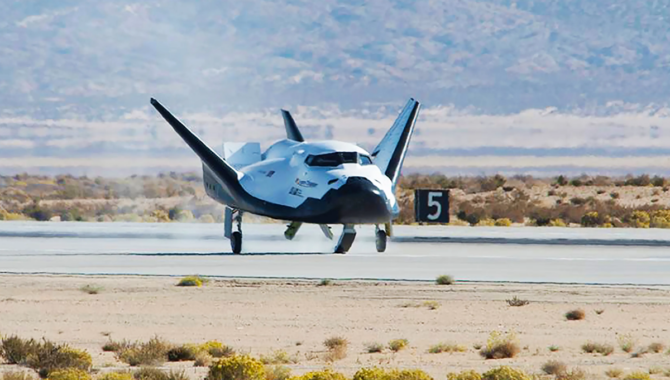
Dream Chaser, with roots in a NASA project from the 1990s, will take lifting body design to new heights.

Dream Chaser, with roots in a NASA project from the 1990s, will take lifting body design to new heights.
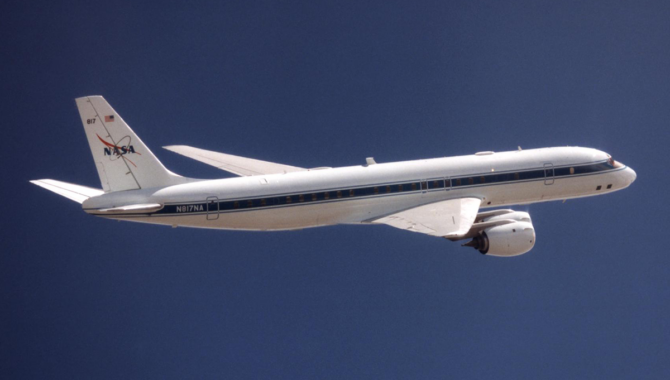
After more than three decades of amazing contributions to science, storied aircraft heads to Idaho for a new chapter.

Small Steps, Giant Leaps highlights crucial role in NASA missions.
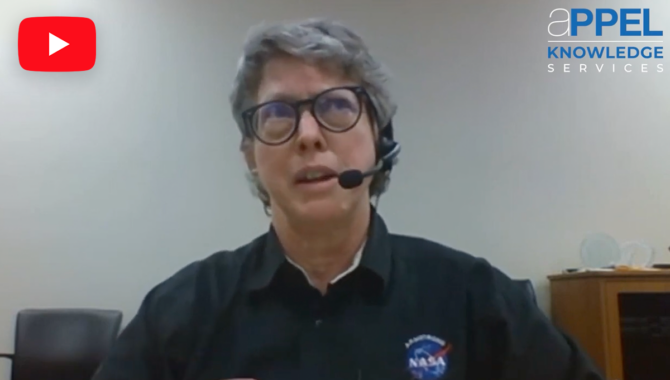
Good communication is a crucial skill for a systems engineer leading a project team.
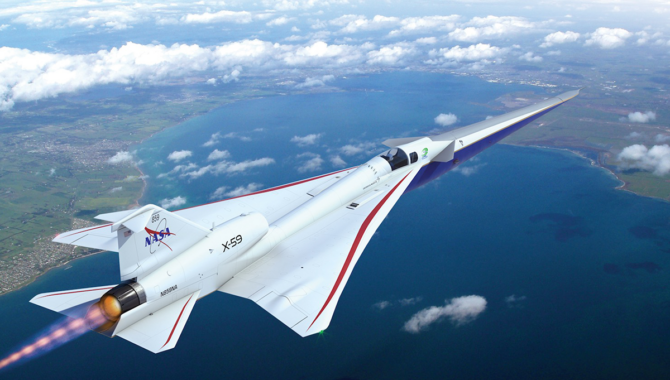
ImaginAviation session highlights promise of NASA’s X-59.
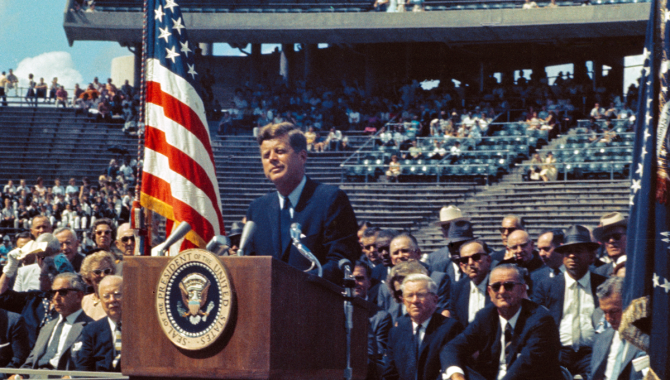
How leaders can foster cognitive diversity and align personal and organizational goals.
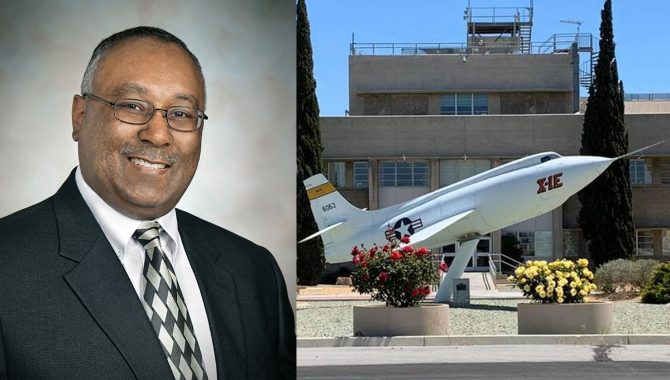
Mark Davis discusses knowledge sharing at NASA’s Armstrong Flight Research Center.
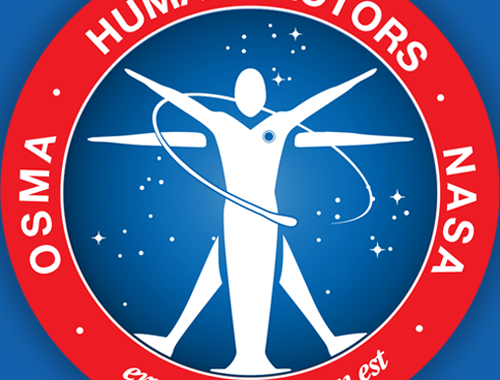
NASA Armstrong Operations Engineering Branch Chief Kate McMurtry discusses the value of understanding the impact of human factors on mission performance.
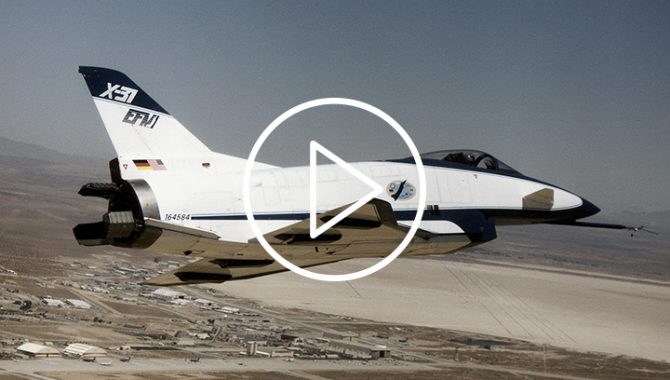
By any measure, the X-31 was a highly successful flight research program at NASA’s Dryden Flight Research Center, now the Armstrong Flight Research Center. It regularly flew several flights a day, accumulating over 550 flights during the course of the program, with a superlative safety record. And yet, on Jan. 19, 1995, on the very […]